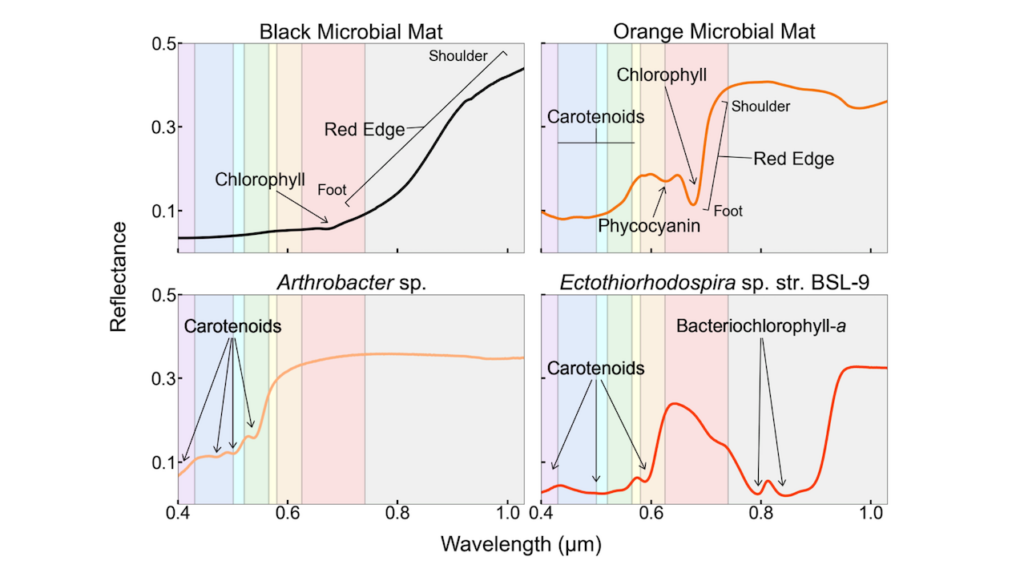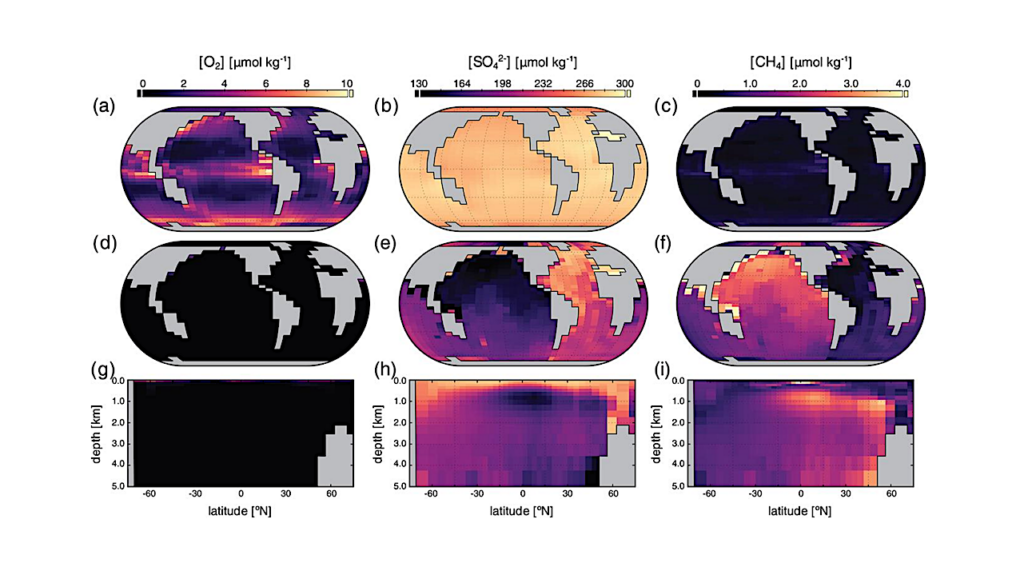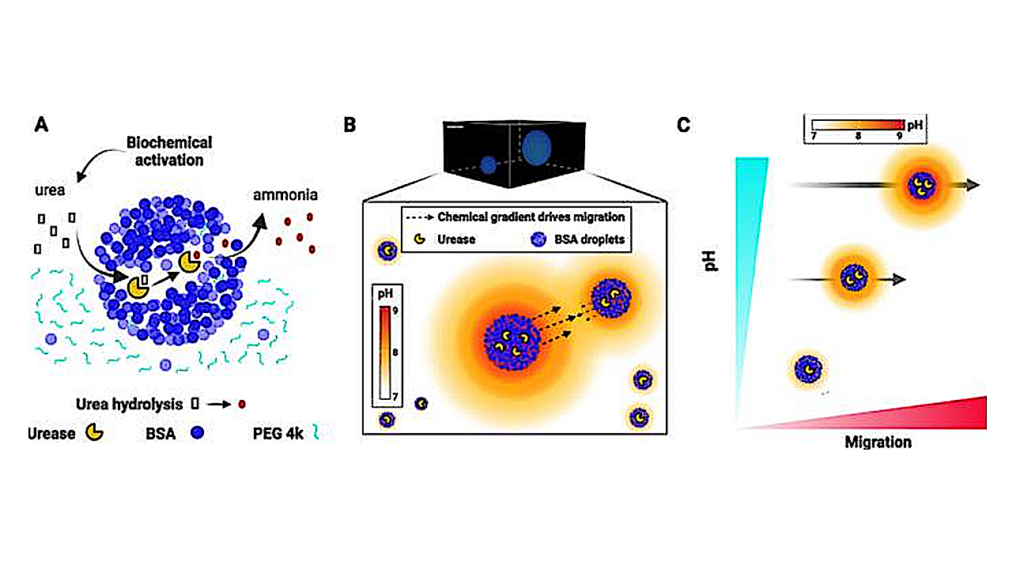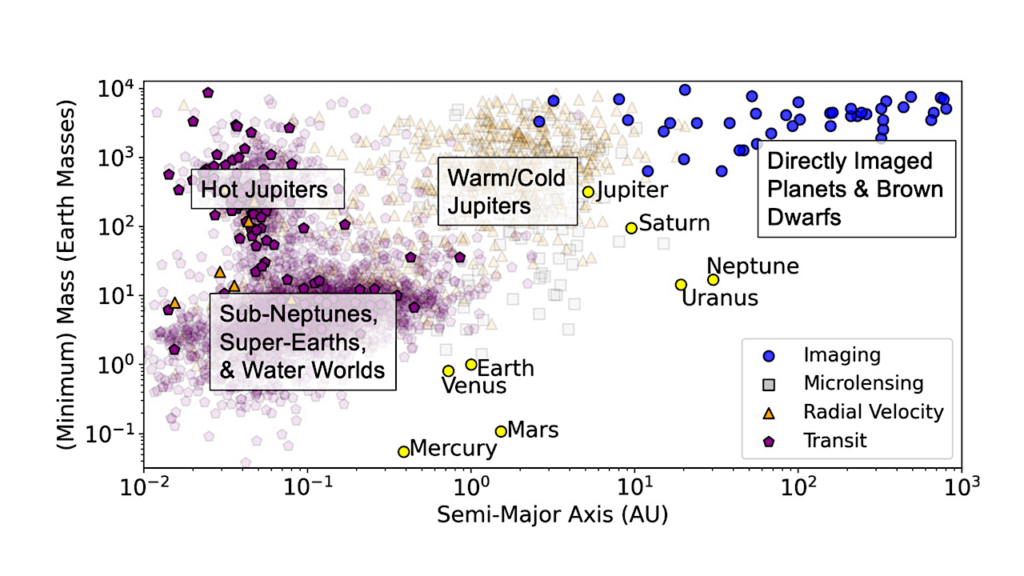Subaerial Volcanoes Shift Oxygen Levels on Early Earth
Biomarkers in rocks prior to the rise in Earth’s atmospheric oxygen 2.5 billion years ago show cyanobacteria released oxygen at the same levels as today. What was happening to that oxygen? A new paper in Nature from NAI’s Penn State Team proposes that the rise of atmospheric oxygen occurred because the predominant sink for oxygen–enhanced submarine volcanism–was abruptly and permanently diminished during the Archaean-Proterozoic transition by a shift from predominantly submarine volcanism to a mix of subaerial and submarine volcanism.
Source: NAI Newsletter








